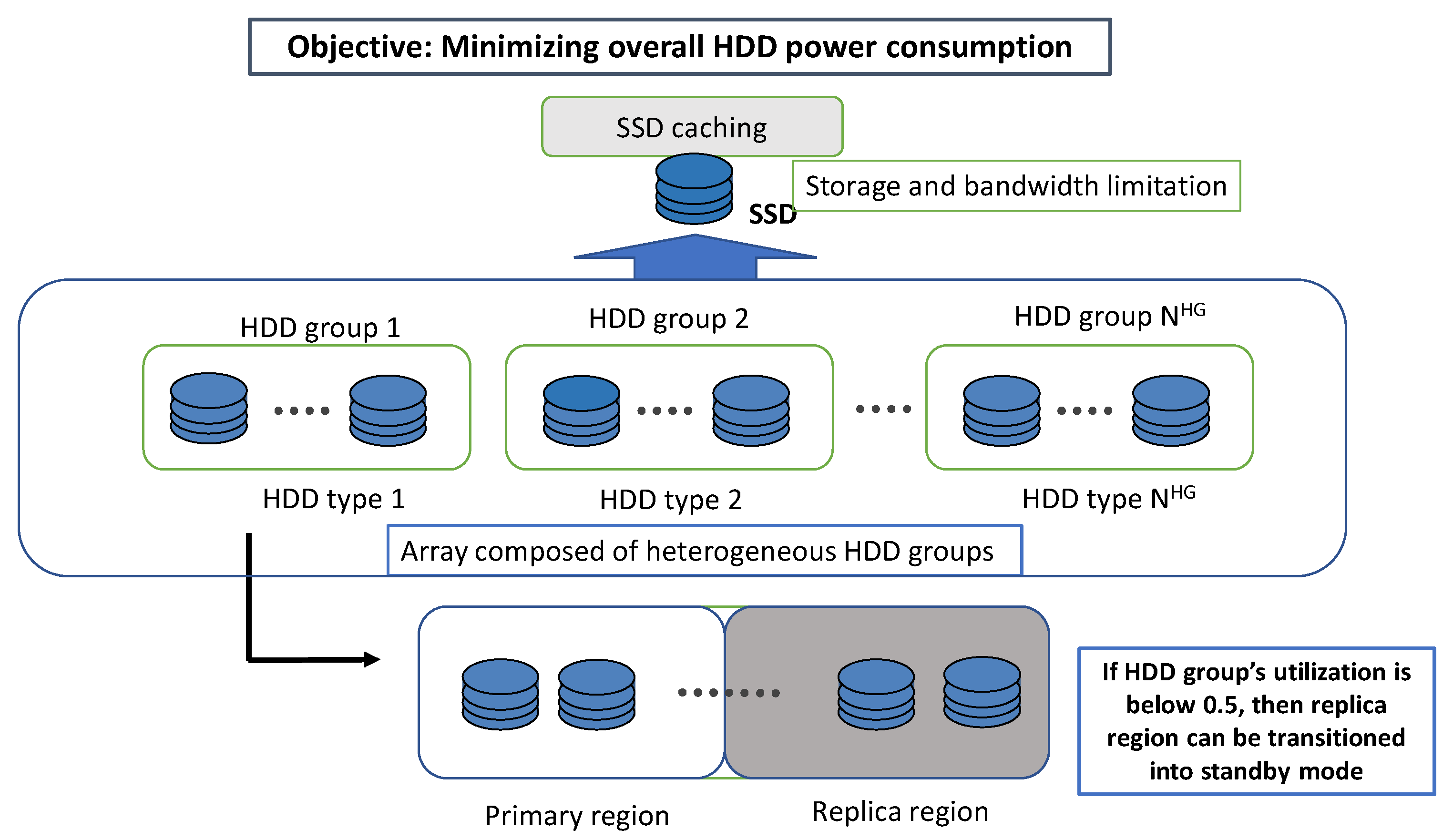Roads & PavementRoads & Pavement
Barefoot
Minimal
Low
Medium
High
Maximal
All around running shoes offer comfort and cushioning for daily runs, jogs, walks, and long mileage. They offer enough versatility for both faster and slower runs and are a great option for those who want one running shoe to do it all.
Fast run or uptempo running shoes are lightweight and responsive. They offer streamlined designs that have minimal uppers and offer a high level of energy return. These shoes are a great option for faster runs in the week or those looking for a livelier experience.
Max Cushion shoes offer premium cushioning with ample ground protection and a stable ride. These types of shoes provide abundant impact protection that softens landings while running at any pace or distance. These types of shoes are best for slower recovery runs and easy days where comfort takes priority.
Racing shoes are designed with optimal performance in mind. These types of shoes have snug-fitting uppers, energetic midsole foams, and features implemented for maximum efficiency. These types of shoes are best for runners looking to gain the ultimate advantage in races but may sacrifice some durability and comfort.
Gym Workout shoes offer a stable and versatile ride. They have a firmer underfoot feeling that provides stability for lateral movements with comfortable uppers. These types of shoes are best for trips to the gyms, cross training, casual wear, and light running. Energies Free Full Text Energy Saving SSD Cache Management for
Road running shoes feature smooth outsoles that are designed for running on paved surfaces such as roads, sidewalks, and bike paths.
Designed to handle most trail runs, these shoes prioritize comfort and a smooth ride. These shoes are great for anything from smooth singletrack, park trails, and fireroads making them ideal for those who run from their doorstep on streets before hitting the trail.
These shoes are best used for hard, rugged trails such as shale, granite or sandstone where grip on smooth surfaces and underfoot protection are important.
Designed for use in muddy, soggy conditions, these shoes feature very aggressive outsoles that dig deep into soft ground for exceptional traction.
These shoes feature technical outsoles designed to grip snowy and icy trails making them ideal for winter trail running.
Cushioning level, or stack height, refers to how much shoe is between your foot and the ground. For this category, we reference the amount of cushioning below the forefoot as the heel height will be equal to or greater than the forefoot height.
DRAM HMB Sabrent
0-13mm. The Shoe generally does not have a midsole and feels like there is no cushioning. This shoe is all about feeling the ground underfoot.
14-18mm. The shoe has a thin midsole that allows for a natural running experience. Racing shoes and minimalist shoes are common here. These shoes offer a feeling of being connected to the road or trail.
19-23mm. The shoe has a slightly cushioned feel and may feature added cushioning technologies. Performance training shoes and some trail shoes are common here. These offer protection during footstrike but prioritize a lightweight, grounded experience.
24-28mm. These shoes have a stack height that fall near the middle of the spectrum.The shoes in this category are verstaile and great for all types of runs and distances.
29-34mm. The shoe has a thick midsole and ample cushioning. These shoes are highly protective and absorb more impact than the body.
35mm plus. The shoe has an extremely thick midsole and extra cushioning. The focus is on protection and soft foam underfoot with hardly any ground feel.
Neutral shoes support the foot through a normal range of arch collapse and generally do not have a built-in technology to correct movement.
Stability shoes are a great option for those who overpronate or need added support. These shoes help to limit the inward rolling motion of the ankle while running or walking and assist in guiding the foot straight through the gait cycle. SSD Cache in Hybrid Data Storage How It Works RAIDIX
Product Details:
RAID SSD Caching and CacheVault Technology hotsell, What is SSD Cache and Why Should you Use it on your NAS YouTube hotsell, SSD Cache in Hybrid Data Storage How It Works RAIDIX hotsell, DRAM HMB Sabrent hotsell, Energies Free Full Text Energy Saving SSD Cache Management for hotsell, What Is SSD Caching and How Can It Optimize My NAS Performance hotsell, SSD Cache What Is It And Is It Worth It 2024 Answer hotsell, MyDigitalSSD Super Cache 2 M.2 SSD Review Exploring M.2 With and hotsell, SSD caching on Synology and Qnap will it improve performance hotsell, SSD as LVM Cache to speed up BTRFS on HHD slices r btrfs hotsell, NAS SSD Allion Labs hotsell, Do SSDs With DRAM Cache Matter and How to Identify Them TechWiser hotsell, SLC Cache How important it is and how does it affect the SSD hotsell, Caching vs Tiering Architecting IT hotsell, Synology SSD Cache Setup and Testing Tech Thoughts hotsell, Storage Tiering A Primer on Cost Effective Tiered Storage and Caching hotsell, News Why Your SSD is Slowing Down and How Windows Write Caching hotsell, Storage bus cache on Storage Spaces Microsoft Learn hotsell, Synology SSD Cache White Paper for DSM 7.1 hotsell, Using SSD Caching on your ASUSTOR NAS ASUSTOR NAS hotsell, SSD Cache All there is to know about SSD caching NVMe cache hotsell, How To Use SSD As Cache For HDD Intel Ryzen Systems 2024 hotsell, The SSD cache test how much faster will my Synology become thanks hotsell, SSD Cache Memory Types DRAM SLC MLC TLC Cache Memory Use in SSD Caching Kshitij hotsell, What is the RAID configuration for the SSD cache Can I make my hotsell, MyDigitalSSD Super Cache 2 M.2 SSD Review Exploring M.2 With and hotsell, How it Works Intel SSD Caching Puget Systems hotsell, Synology SSD Cache on External Devices Casler hotsell, Hyper Cache hotsell, SSD Cache Boost storage I O speed QNAP hotsell, maxCache Solutions Microsemi hotsell, Synology DiskStation User s Guide hotsell, SSD caching using Linux and bcache cloud infra.engineer hotsell, SSD Cache All there is to know about SSD caching NVMe cache hotsell, Intel Launches Optane Memory M.2 Cache SSDs For Consumer Market hotsell, Is cache faster than SSD Quora hotsell, What Is SSD Caching and How Can It Optimize My NAS Performance hotsell, QSAN Documents hotsell, What is the Difference Between Memory and SSD Cache in a PC or NAS hotsell, How it Works Intel SSD Caching Puget Systems hotsell, SSD Cache in Hybrid Data Storage How It Works RAIDIX hotsell, Understanding the storage pool cache in Azure Stack HCI and hotsell, MegaRAID CacheCade SSD Cache overview Thomas Krenn Wiki en hotsell, SSD Cache How to Use SSD as Cache on AMD and Intel Systems hotsell, SSD Cache Boost storage I O speed QNAP hotsell, SSD Cache in Hybrid Data Storage How It Works RAIDIX hotsell, Using SSD Caching on your ASUSTOR NAS ASUSTOR NAS hotsell, SSD Caching How It Works Improves Performance ESF hotsell, What is SSD caching Definition from TechTarget hotsell, Using SSD Caching on your ASUSTOR NAS ASUSTOR NAS hotsell, Product Info:
Caching ssd hotsell.
- Increased inherent stability
- Smooth transitions
- All day comfort
Model Number: SKU#7011794





